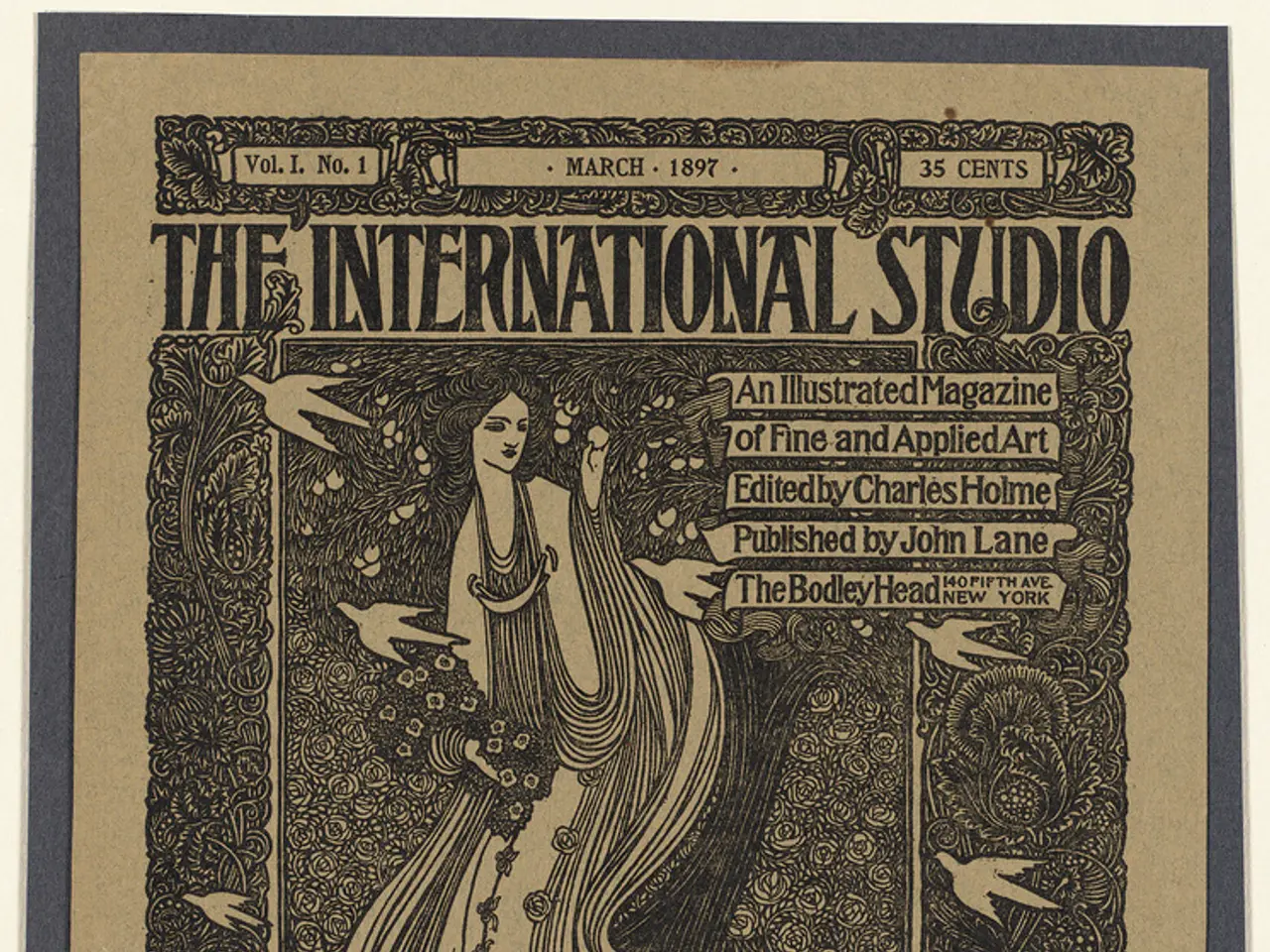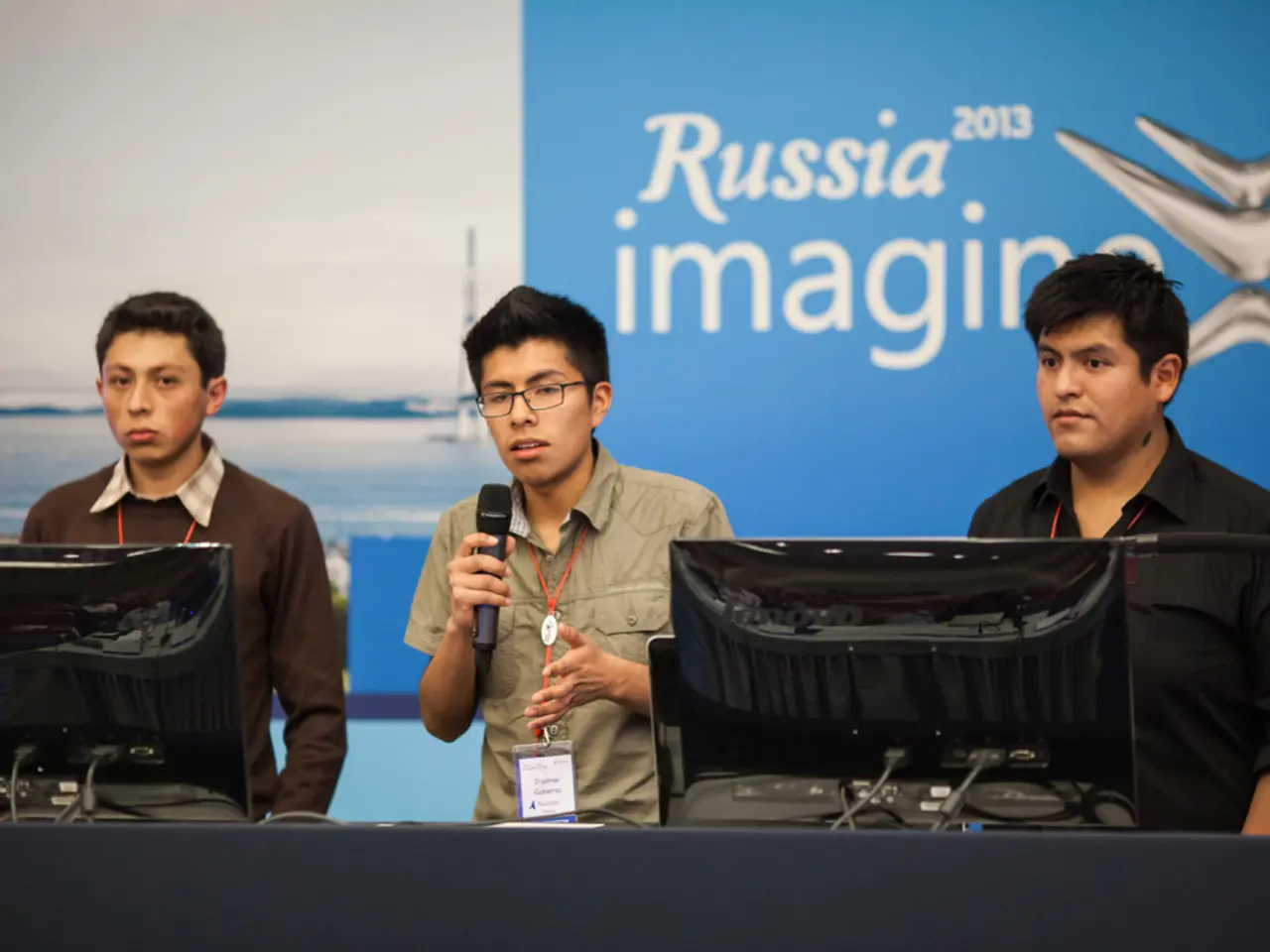Expanding Imaginations Worldwide: Transformation of LEGO into a Globally Dominant Empire
In a small workshop in Denmark, a carpenter named Ole Kirk Christiansen began crafting wooden toys in 1932. Two years later, he named his company LEGO, derived from the Danish phrase "leg godt," meaning "play well." This humble beginning marked the start of an extraordinary journey that would transform LEGO into a global cultural and commercial powerhouse.
The turning point came in 1949, when LEGO produced its first plastic brick, a precursor to its iconic interlocking bricks patented in 1958 by Ole's son, Godtfred Kirk Christiansen. This innovation set LEGO apart from other toy manufacturers, providing the foundation for the company's success.
LEGO's strategic expansion and diversification began in the late 1960s. The introduction of DUPLO bricks for young children in 1969 and Minifigures in 1978 expanded the brand's audience and product line, appealing to different age groups. The opening of the first LEGOLAND theme park in Billund in 1968 further established LEGO as a brand capable of creating immersive experiences, enhancing its global presence.
In the late 1990s, LEGO began a modern journey into licensing, starting with a partnership with Lucasfilm for Star Wars-themed sets. This collaboration was a catalyst for LEGO's rise, leading to expansion of licensing partnerships with franchises like Harry Potter, Marvel, DC Comics, and more. The launch of LEGO MINDSTORMS in 1998 marked a significant shift towards integrating technology into LEGO products, appealing to a new generation of tech-savvy consumers.
During the 2003-2013 period, LEGO underwent a remarkable turnaround, focusing on core products and improving market responsiveness. This strategy helped the company become the world's largest toy company by revenue in 2015.
LEGO has managed to maintain its relevance by embracing technological advancements while preserving the unique tactile experience that made the brick revolutionary. The company's ongoing innovation and willingness to adapt to consumer preferences have allowed it to stay relevant and expand its market share globally.
The LEGO phenomenon has grown beyond traditional building sets to include elaborate architectural marvels, intricate sculptures, and functioning mechanical devices. The iconic LEGO brick, as we know it today, was patented in 1958, drawing inspiration from British toymaker Hilary Fisher Page's "Kiddicraft Self-Locking Building Bricks."
The secondary market for LEGO sets and individual pieces has created an ecosystem of collectors, resellers, and investment enthusiasts. Rare and discontinued LEGO sets now command prices that rival or exceed traditional collectibles. On February 7th, 2014, LEGO released "The LEGO Movie," a feature-length film celebrating the company's values and products.
LEGO has evolved into a culturally significant entertainment brand, transcending its origins as a toy company. The company's name, LEGO, is a combination of the Danish words "Leg godt" which translates to "play well." Today, LEGO continues to inspire creativity and imaginative playtime, standing as a testament to the power of innovation and adaptability.
In 1998, LEGO MINDSTORMS was launched, integrating technology into the company's products and appealing to a new generation of tech-savvy consumers, signifying a significant shift in the company's history.
The secondary market for LEGO sets and individual pieces has flourished, forming an ecosystem of collectors, resellers, and investment enthusiasts, highlighting the brand's cultural significance and lasting appeal.
The LEGO Movie, released in 2014, celebrated the company's values and products, showcasing LEGO's evolution into a culturally significant entertainment brand, transcending its origin as a toy company.




